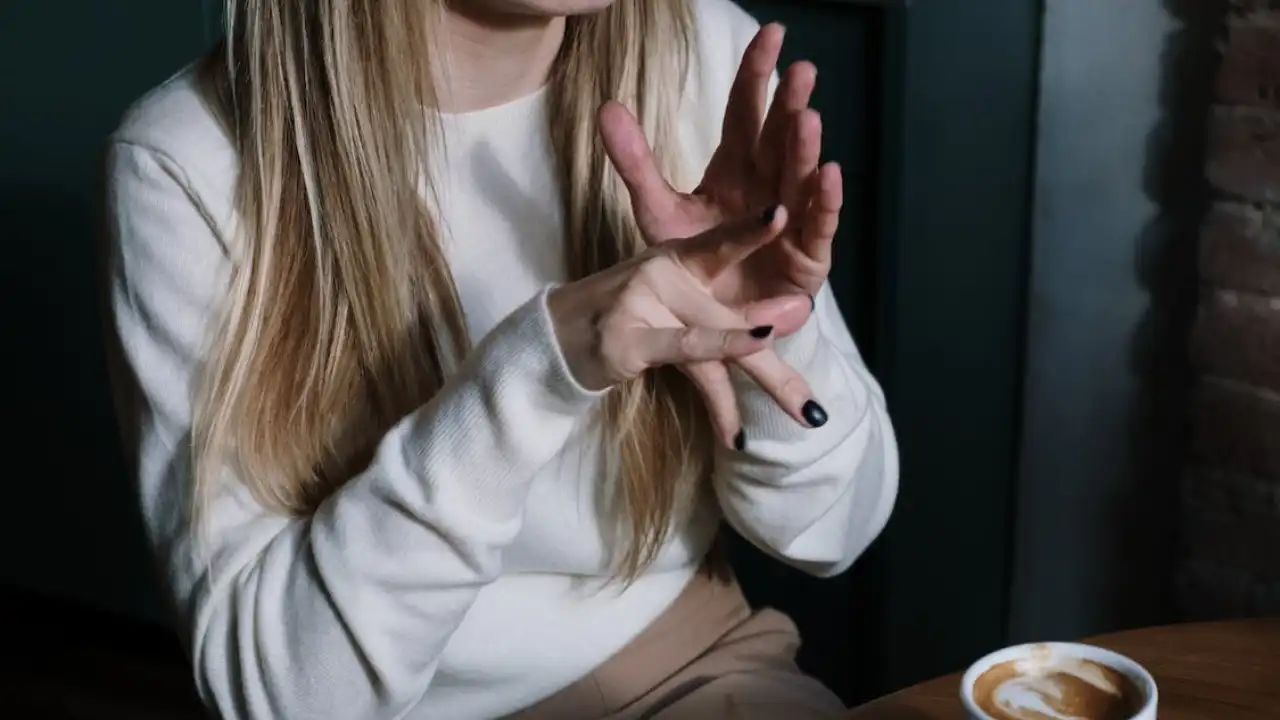Tech
Breaking Barriers: ASL Video Interpreter and Tech Advancements

Language serves as the backbone of every society, relying significantly on effective communication in building and strengthening relationships, facilitating human activities, and acquiring pertinent information. Unfortunately, with countless self-help books serving as a testament, building bridges with words is not exactly a cinch. Navigating language nuances, expressions, and styles to avoid misunderstanding is a perpetual challenge.
This challenge is exponentially accentuated for Deaf and Hard-of-Hearing individuals (DHH), as well as those with communication disabilities. Traditionally, they rely on face-to-face communication with sign language and written notes to communicate their message. This created numerous communication barriers when interacting with the hearing society, sometimes impeding their personal and professional growth.
As a society that has grown dependent on technology and fully embraced mobile and internet-based technology as an indispensable part of our daily lives, it is unsurprising to find many assistive technologies rising to bridge the gap. As a result, technology has now become a critical lifeline, making it substantially easier for Deaf and hard-of-hearing individuals to connect effectively with the world. Learn more about assistive technology (AT) here: https://www.atia.org/home/at-resources/what-is-at/.
Many assistive technologies and innovations have transformed how people with hearing disabilities engage with the world, fostering inclusivity and connectivity. Online platforms have elevated this transformation, significantly enhancing accessibility and making the world more accommodating for our friends facing barriers.
Assistive Listening Devices and Systems
Assistive listening devices (ALDs) facilitate individual connections to audio sources such as music and TV. In contrast, assistive listening systems (ALS) serve in venues like theaters and lecture halls for enhanced auditory access. These technologies have undergone many evolutions as the industry strives to find more effective and flawless designs. These devices and systems are designed to amplify sound to make information easier to hear.
There are five types of ALDs and ALS – audio induction loop, FM system, infrared system, personal amplified system, and Bluetooth systems – and the right option usually depends on the hearing loss and communication access needs. For those with mild to severe hearing loss, assistive devices cater to specific needs like better phone communication or improved TV watching. They supplement personal hearing aids, offering more precise communication and alerting users to sounds in challenging conditions. For those with profound or total hearing loss, these devices provide visual or vibrotactile support for better telecommunication, TV enjoyment, and identifying environmental sounds.
Video Relay Services (VRS)
One of the remarkable innovations aiding Deaf individuals is Video Relay Services (VRS). They employ professional ASL video interpreter servicesto bridge communication gaps by providing real-time video connections between Deaf signers and hearing individuals. The basic process of VRS is that the DHH individual communicates through sign language with an interpreter visible on their screen. The interpreter then initiates a call to a hearing person using a standard phone line and facilitates the conversation between both parties by relaying the dialogue.
The main requirement to using VRS, though, is that they are proficient in American Sign Language (ASL), or any sign language for that matter. They also require video conferencing equipment or videophones and high-speed broadband. With VRS, conversations between the DHH and hearing individuals flow much more efficiently and smoother than communicating through traditional typing with a Teletypewriter (TTY).
Captioning Tools
Captions, while a helpful innovation for everyone, offer vital support to the DHH community by providing live text representations of spoken content. This is one step towards inclusivity and accessibility, as they now have access to the same entertainment and educational opportunities as the hearing community. They can enjoy mainstream media, such as movies and TV shows, as well as understand meetings and lectures more efficiently.
Captioning tools can be real-time or automatic transcription services, depending on specific settings, such as video calls, conferences, and presentations. Captions have paved the way for helping a vast portion, if not all, of content reach a larger audience.
Communication Apps
Continuous technological breakthroughs and the widespread use of mobile phones have birthed many communication apps tailored for our DHH friends (learn more about the digital trends and behaviors for the US in 2023). Before apps, modern smartphones already embedded accessibility features in their operating system, which only needed to be appropriately configured in the settings. These features are often overlooked and underused as they aren’t highlighted in the primary sales pitch of mobile phone retailers. Once the settings are correctly aligned to the needs of the DHH user, mobile applications that range from sign language dictionaries and services converting speech to text to visual or vibrating notifications for alerts can be downloaded to support other assistive devices. Additionally, messaging platforms and video conferencing apps that target the community’s needs are also available in most modern smartphones.
The positive impact of these technological strides on the lives of Deaf individuals is immeasurable. However, there is still a long way to go. The need for ongoing improvements and increased awareness regarding accessibility needs is paramount to successfully achieving equal access to all existing communities. Looking ahead, the future appears promising, as emerging technologies, like AI-powered sign language recognition and haptic feedback devices, hold immense potential in furthering accessibility.
